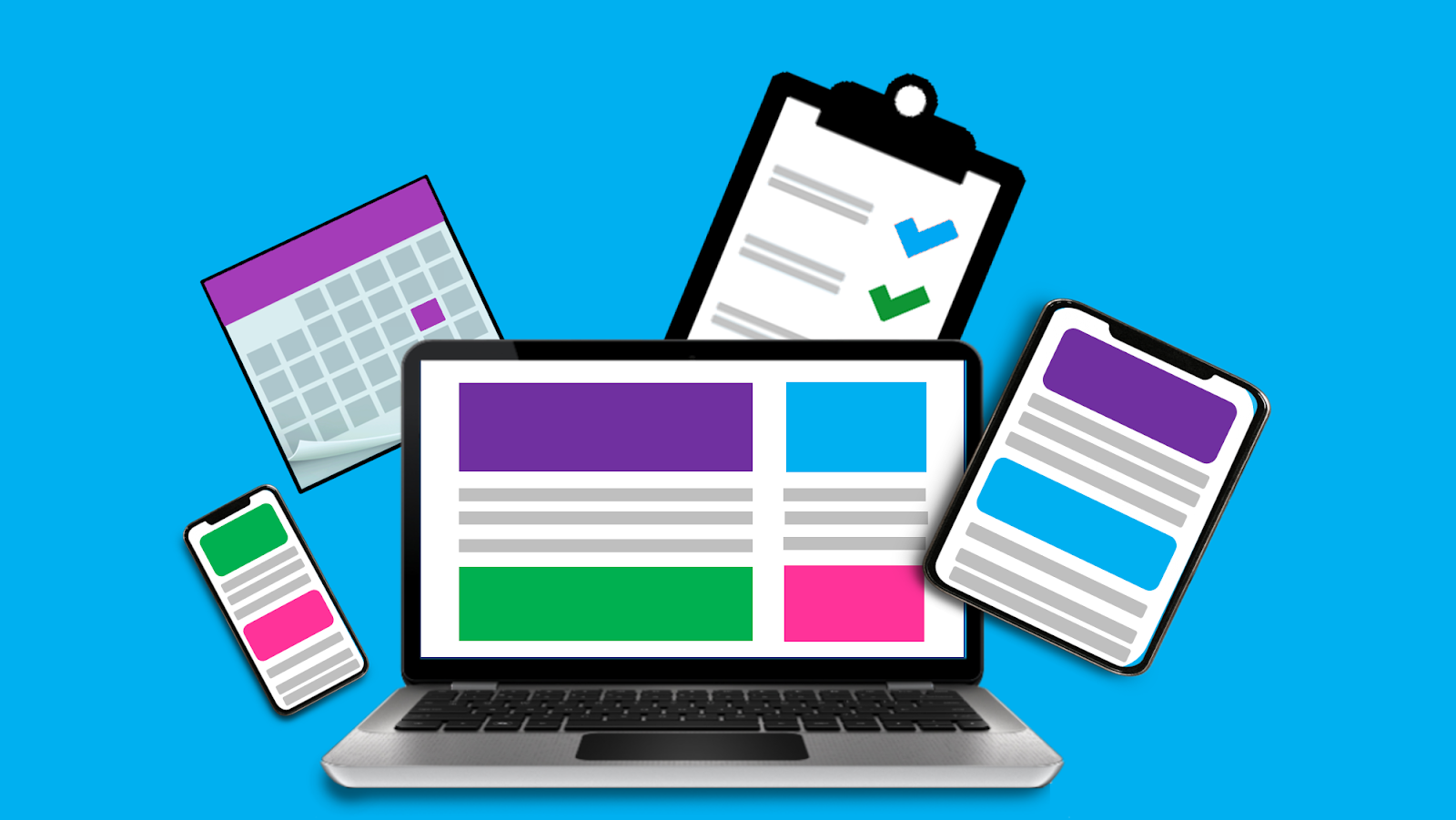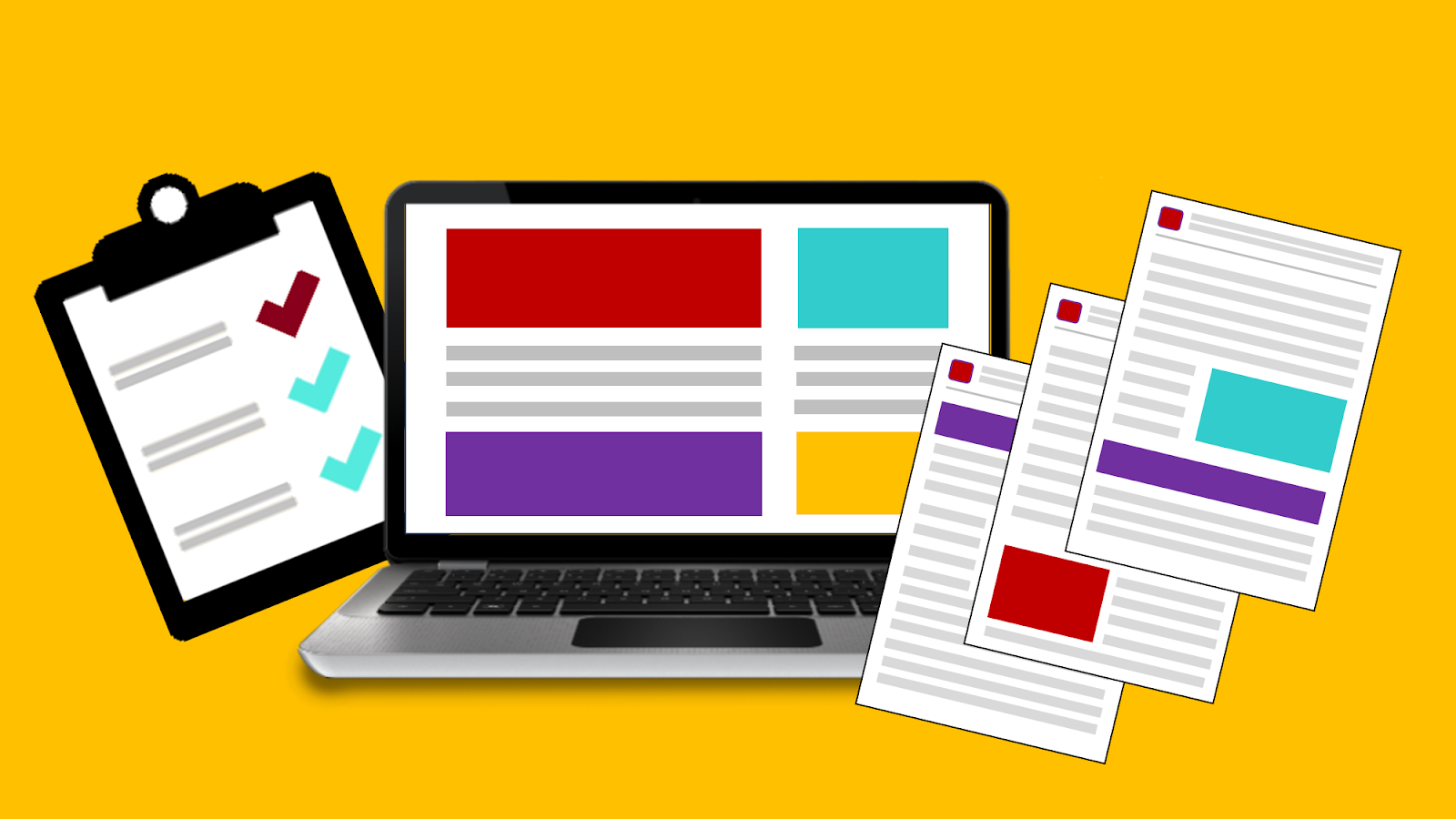Why You Should Conduct Lessons Learned After Each Proposal

On Monday, I had the pleasure of presenting a webinar to the APMP Maple Leaf Chapter. In this webinar, I dissected six key tactics to help improve your win rate. These tactics include: Applying a thorough strategy in the opportunities pursued Starting pursuits earlier to gain an understanding of the customer and competitive landscape Documenting the intelligence gained from the capture or sales stage Applying rigor in the bid decision process Making your proposals easy to score C onducting lessons learned so you can understand where you are doing well and where you need to improve . In this week’s article, I do a deep dive into one of those critical tactics: conducting lessons learned. Conducting Lessons Learned Conducting lessons learned is a critical part of the business development lifecycle because it helps companies to understand where they are excelling and where they can improve. This is why following each proposal submission, it’s so important for the te...



